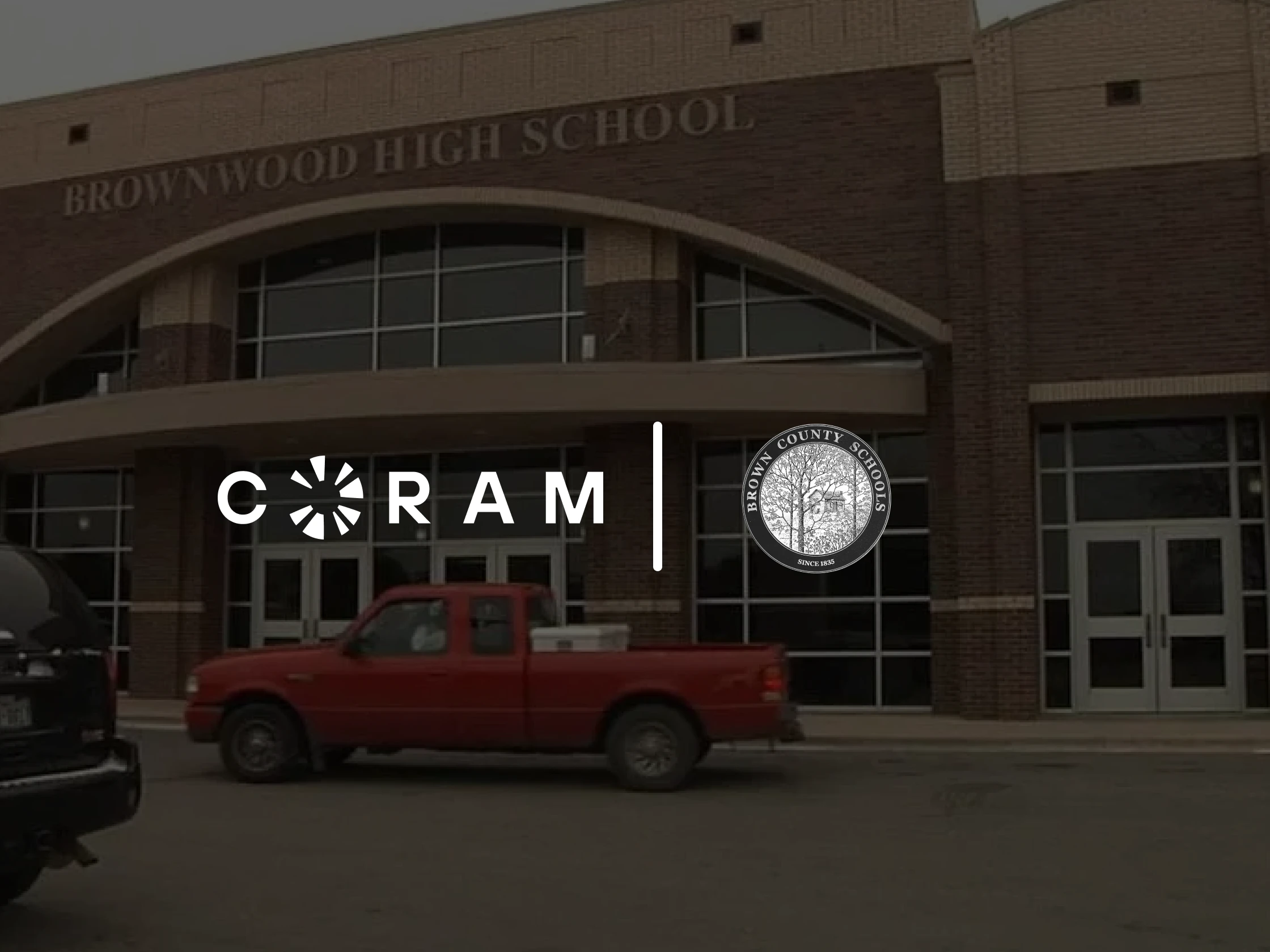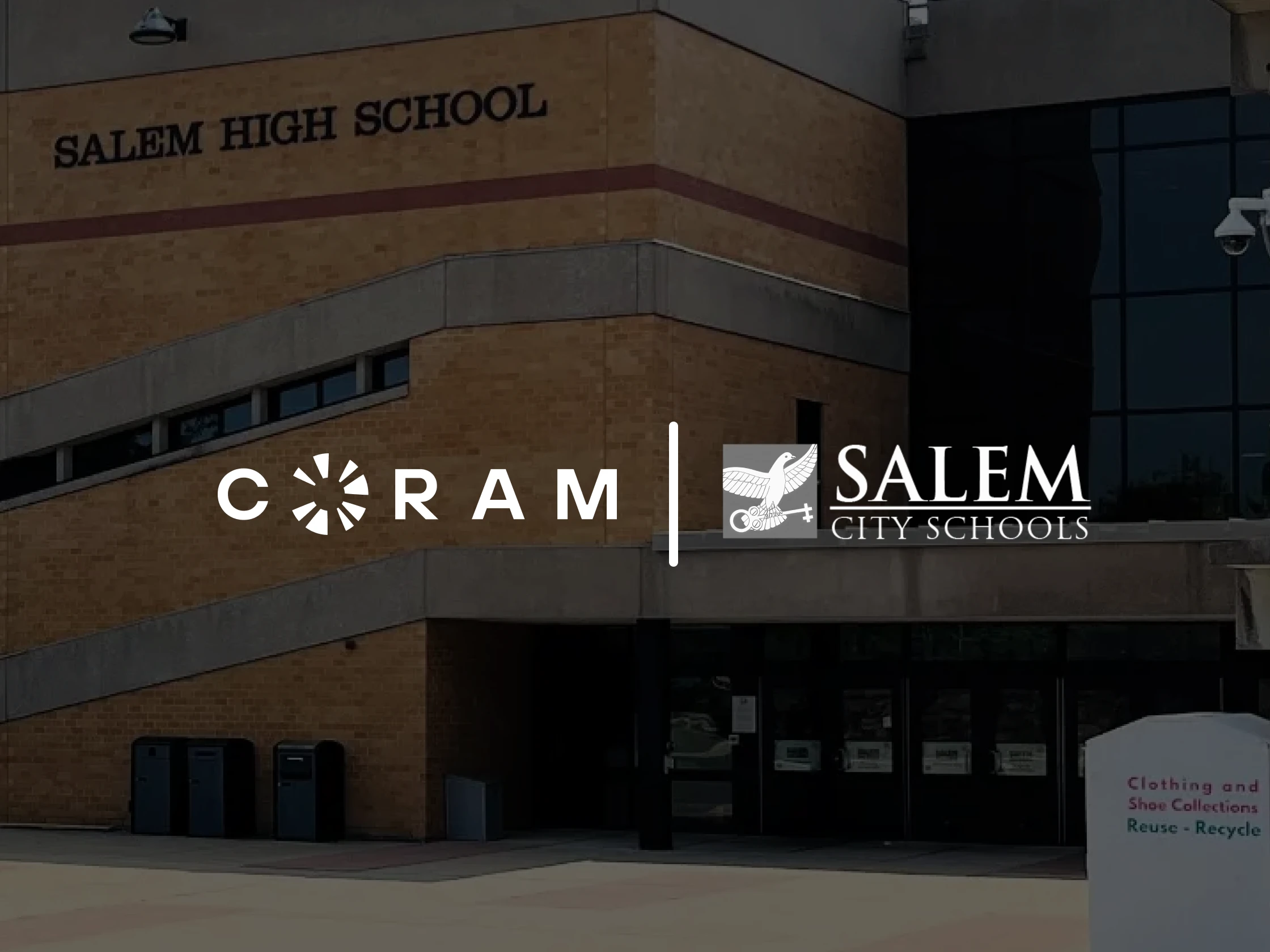Managing different keys, codes, and standalone systems for every door in your building is inconvenient.
This fragmented setup confuses users, slows down operations, and leaves dangerous gaps that put your facility at risk. And that’s a risk you simply can’t afford.
The solution is a centralized access control system. By unifying management under one system, it simplifies daily operations, strengthens security, and reduces costs.
In this article, we'll cover the key differences between centralized and standalone access control, and explain why centralized management is the smarter choice for modern security.
What is Centralized Access Control?
Centralized access control is a security framework that consolidates the management and monitoring of entry points across a property or organization into a single, unified system.
Rather than relying on traditional lock-and-key methods that require physical keys for each door, this approach utilizes electronic access technologies, all of which are managed through a central platform.
At its core, a centralized access control system operates from a single control point, typically through dedicated management software accessible via web or mobile applications.
This setup enables administrators to manage all access permissions, user credentials, and authentication processes from a single location, regardless of the number of entry points or resources that require protection.
This streamlined administration proves particularly valuable in workplace environments, where organizations need to balance security with accessibility while maintaining clear oversight of who accesses anywhere.
What Makes Coram the Top Choice for Centralized Access Control?
Coram’s system uses a centralized access control board that communicates directly with the doors in your facility. Each time someone badges in on the card reader, the board checks credentials against Coram’s software to decide whether access should be granted. What sets it apart is that every attempt, successful or not, is logged and sent to the cloud for full visibility.
Cloud-Based and Highly Customizable
Unlike traditional setups that rely on local servers, Coram is fully cloud-based. This eliminates costly maintenance of hardware while giving administrators a single, secure platform to manage users, doors, and schedules across multiple locations.
IT teams can customize access levels down to the smallest detail. This can include limiting cleaners to certain hours, locking server rooms for only specific staff members, or creating time-based rules that automatically unlock or secure spaces.
Integration with VMS and Other Access Management Systems
Coram also integrates seamlessly with video management systems, giving you instant alerts, tailgating detection, and a reliable audit trail with recorded footage. This combination of access control and surveillance takes security far beyond what standalone systems can offer.
Scalability and Offline Access
Scalability and resilience further strengthen its appeal. As your business grows, Coram expands effortlessly to cover new sites and user profiles. Even during internet or power outages, its local storage and backup battery ensure permissions and access remain intact.
Generally, Coram blends flexibility, customization, and cloud intelligence into one centralized solution. Beyond securing doors, it streamlines management, saves costs, and scales with your security needs. This makes it the top choice for organizations that want reliable, future-proof security.
Key Advantages of Centralized Access Control
Implementing a centralized access control system is an upgrade with tangible benefits across an entire organization or property. By consolidating management, these systems solve the inherent inefficiencies of decentralized access management. Here’s a breakdown of the key advantages.
Unified Management
The most important benefit is the centralized access control administration. Instead of managing separate systems for different doors, floors, or buildings, administrators control everything from a single interface.
This means issuing credentials, updating permissions, and monitoring entry points across multiple locations can be done from a central dashboard. Centralized access management eliminates the manual, on-site updates at each standalone unit associated with decentralized access.
Enhanced Security
A centralized access control system facilitates proactive security. If a credential is lost or an employee/tenant leaves, their access can be instantly revoked across the entire property with a few clicks, preventing potential security breaches.
Administrators can also implement real-time lockdowns for specific areas during an emergency and quickly detect unusual access patterns. This is nearly impossible with fragmented, decentralized systems.
Cost Efficiency
While the initial investment might be higher, a centralized access control system drives significant long-term savings. The reduction in administrative time spent on key management and the elimination of physical re-keying costs add up quickly.
Furthermore, the ability to manage vast systems with fewer personnel resources makes it a highly cost-effective solution, especially for organizations with multiple entry points or locations.
Scalability & Flexibility
As your organization grows, your security system should be able to grow with it. And a centralized access management can scale with your business or property.
Whether you're adding a new door to a single building or integrating an entire new office location, it can typically be done through the existing management console.
You don’t need to worry about installing a completely new system. This flexibility is crucial for adapting to changing business needs, hybrid work models, and future expansions.
Improved User Experience
Employees and tenants no longer need to carry multiple keys or remember different codes for different areas. A single credential (be it a key card, fob, or mobile pass) can grant them appropriate access throughout the facility.
This seamless experience minimizes frustration and enhances daily convenience without compromising security.
Compliance & Reporting
Centralized access control administration simplifies compliance with security regulations across many industries. The system automatically maintains a comprehensive audit trail of every access event.
Generating detailed reports for audits can be done in minutes, without requiring days of manual record-keeping.
What Are The Benefits Of Centralized Access Control For Modern Enterprises?
Modern enterprises face increasingly complex security challenges as they manage workforces, multiple locations, and digital systems. A centralized access control system addresses these challenges by delivering operational and security advantages that standalone solutions simply cannot match.
Enhanced Security and Consistent Policy Enforcement
With centralized access control administration, security teams can implement uniform access policies across all entry points and resources simultaneously.
Instead of configuring security measures individually at each location, administrators can deploy updates instantly across the entire network.
This consistency eliminates the security gaps that often arise when different locations operate under varying protocols, ensuring that every access point maintains the same rigorous standards.
Simplified Administration and Reduced Overhead
Managing access credentials becomes easier when integrated into a single platform. IT teams can onboard new employees, modify permissions, or revoke access immediately from one central interface, rather than coordinating changes across multiple standalone systems.
This streamlined approach minimizes administrative burden and reduces the time required for routine security tasks. Therefore, IT teams can focus on other high-priority issues rather than repetitive manual updates.
Cost Efficiency at Scale
While the initial investment in centralized access management may appear huge, the long-term cost benefits are considerable. Businesses eliminate the need for duplicate hardware, reduce maintenance requirements, and minimize the personnel needed to manage access systems.
When evaluating centralized vs decentralized access control from a financial perspective, the integrated approach delivers better ROI through reduced operational expenses and improved resource allocation.
Real-Time Visibility and Monitoring
Centralized systems provide comprehensive oversight of all access activity across the organization. Security teams can monitor movements, track unusual access patterns, and receive instant alerts about potential security breaches, all from a unified dashboard.
This real-time visibility is invaluable for both proactive threat detection and post-incident investigation. It offers a complete audit trail compared to standalone systems.
Scalability for Growing Organizations
As businesses expand (whether opening new offices, adding remote workers, or integrating acquired companies), centralized systems scale effortlessly.
Adding new access points or users requires minimal configuration, as the infrastructure is already built to accommodate growth. This flexibility is essential for organizations with evolving security needs or rapid expansion plans.
Improved Compliance and Reporting
Regulatory requirements often demand detailed access logs and a demonstration of security controls.
Centralized access control systems generate comprehensive reports, track compliance metrics, and maintain the documentation necessary for audits.
This built-in compliance support helps organizations meet industry standards while reducing the manual effort typically required for regulatory reporting.
Centralized vs Decentralized Access Management
The primary difference between centralized vs decentralized access control centers on access and administrative permissions. In a centralized access management system, all administrative functions are integrated into a single system.
Administrators with root access can modify permissions, manage credentials, and oversee all entry points from one unified location. Users access all relevant entry points and platforms using a set of credentials. This creates a smooth experience backed by consistent security policies.
Contrastingly, decentralized systems take the opposite approach, distributing management responsibilities across different independent systems. This means there is no single administrator with root access.
A great analogy is a platform like Bitcoin, where no single entity controls the network. Instead, verification comes from a consensus of independent nodes. In a physical security context, this might mean a standalone electronic lock on a door that must be programmed individually on-site.
Final Takeaway
By unifying management, reducing costs, and offering real-time visibility, centralized management systems eliminate the blind spots that compromise security and waste resources.
If you’re ready to move beyond fragmented setups and deploy a centralized solution, Coram is your best choice. With its cloud-based platform, customizability, and integrations, Coram makes access management simple, secure, and future-ready.
Partner with Coram today to safeguard your facilities and simplify security management with confidence.
FAQ
Enterprises should adopt centralized access control to strengthen security, cut costs, simplify management, and improve user experience. With a unified system, policies remain consistent, permissions are easier to manage across sites, threats can be tracked in real time, and users enjoy the convenience of a single credential.
Centralized access control can work offline if built with hybrid or on-premise architecture and local storage. Unlike cloud-only systems that can't work without the internet, centralized models use door controllers with onboard memory to keep granting access.
Yes, centralized access control can be very secure, offering unified policies, better oversight, and simpler user management. But security depends on strong implementation and the system's resilience. Otherwise, a single system failure or breach could put everything at risk.
Yes, centralized access control systems are built to integrate with other security systems, creating a unified platform for monitoring and response. This makes security operations more connected, automated, efficient, and effective.
Yes, you can migrate from a legacy on-premise system to Coram's centralized solution. Coram’s centralized cloud-based platform modernizes outdated systems and works with existing IP cameras and access systems. Thus, businesses don’t need to replace all their hardware.





%20(25).webp)








.webp)
